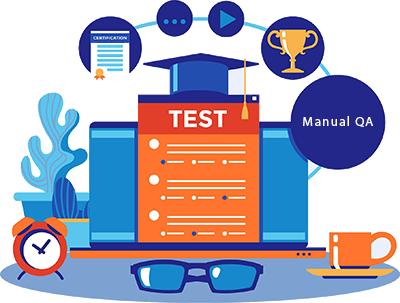Develop a highly optimised product lifecycle through science-led software testing.
Guarantee the quality and reliability of your software through our expert manual testing services! Schedule a consultation to discover how we can assist you in delivering a seamless user experience.
Our manual testing services are tailored to provide top-tier quality assurance for your software. OmInfowave's team of skilled testers employs various manual testing techniques, including functional testing, regression testing, and acceptance testing, ensuring a comprehensive evaluation of your software to identify and address potential bugs or issues before impacting your users.
We also offer comprehensive testing coverage across all platforms, browsers, and devices to ensure full compatibility of your software.
Services

Hire Us





 Back-end
Back-end
 Mobile App
Mobile App
 Quality Assurance
Quality Assurance
 DESIGN SERVICES
DESIGN SERVICES FRONT-END
FRONT-END Digital Marketing Services
Digital Marketing Services


 Digital Marketing Expert
Digital Marketing Expert














